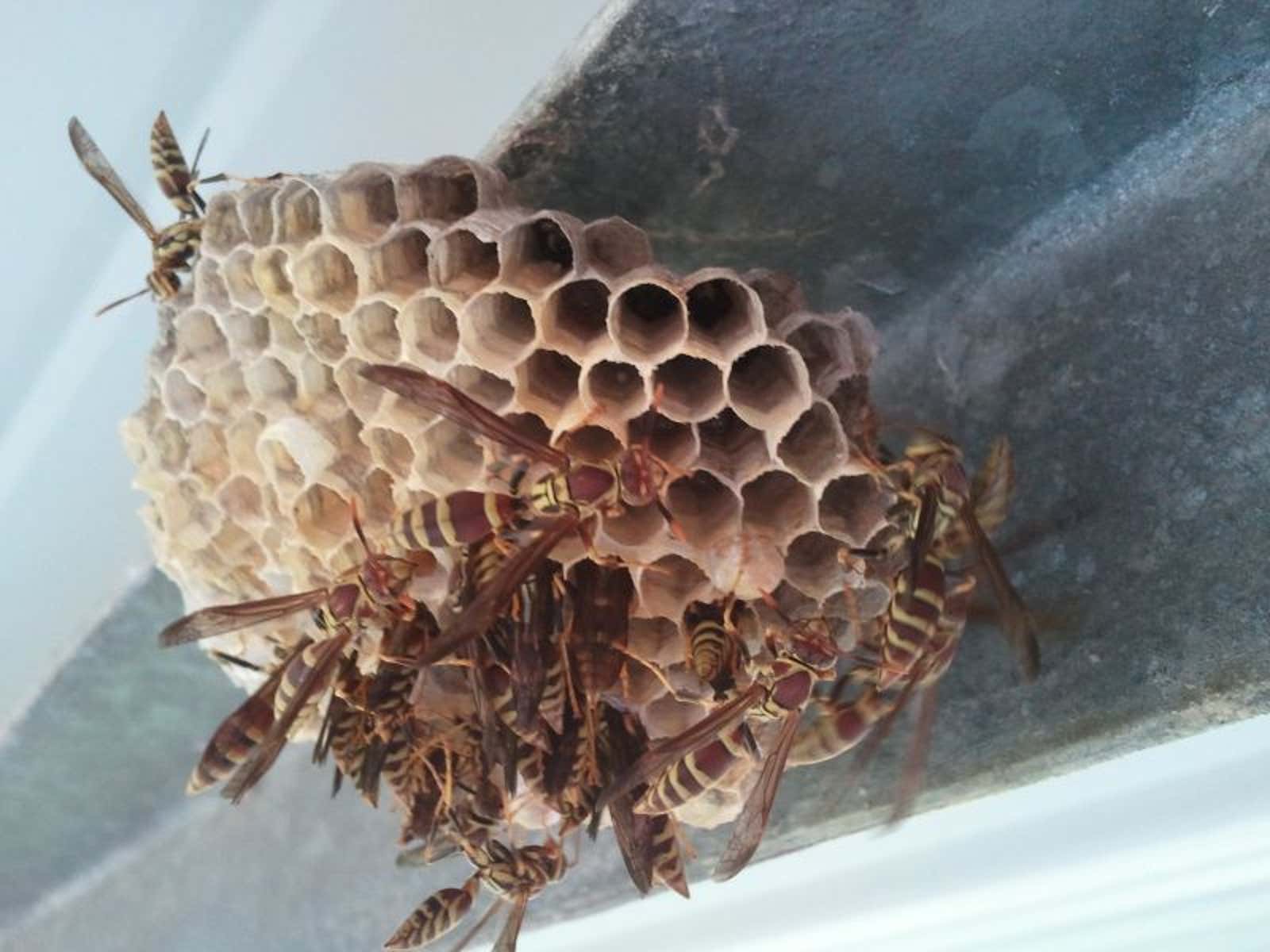Differences Between Wasps and Bees and How to Identify Their Nests

Wasps, hornets, yellow jackets, and bees have a lot in common, but there are many ways to tell them apart. If you’re not sure what is causing this constant buzzing noise in your yard, these tips will help you figure it out.
In this video from the SciShow YouTube channel, host Hank Green talks about the scientific differences between wasps, hornets, and bees, and how you can identify their nests by their appearance. Bees and wasps are closely related, but bees evolved from wasps about 130 million years ago when some wasps decided to move from hunters to pollen gatherers. However, hornets and yellow jackets are a species of wasp known as “social wasps” because they live together in colonies built of paper-like material. Here’s how to find out which nest you are looking at:
- If it is an open nest with hexagonal cells and is shaped like an umbrella, it is home to some paper wasps. Usually fewer than 100 paper wasps live in these colonies.
- If the nest has smooth walls and is shaped like a soccer ball, hornets live here.
- If you see wasps constantly entering and exiting a hole in the ground or in a building, they are probably yellow jackets. Their nests can hold up to a couple thousand yellow vests.
- If you see a nest of waxy substance, you are almost certainly looking at a bee hive.
Almost all social bees, such as bumblebees and honeybees, build their colonies from the same materials, so the nest you are looking at is not always easy to identify. The main difference between the two is where they are located. Bumblebee nests are smaller in size and are built in abandoned rodent lairs, in dense grass, sheds or trees. Honey bee hives are often found in more sheltered places, such as inside a hollow tree, inside a wall, or in beekeeper boxes. In addition, honey bee hives are usually more organized and have hexagonal cells in the hive. So if you hear a lot of buzzing around you, you can now determine which insect you are dealing with.
Wasp nests and bee hives | Youtube